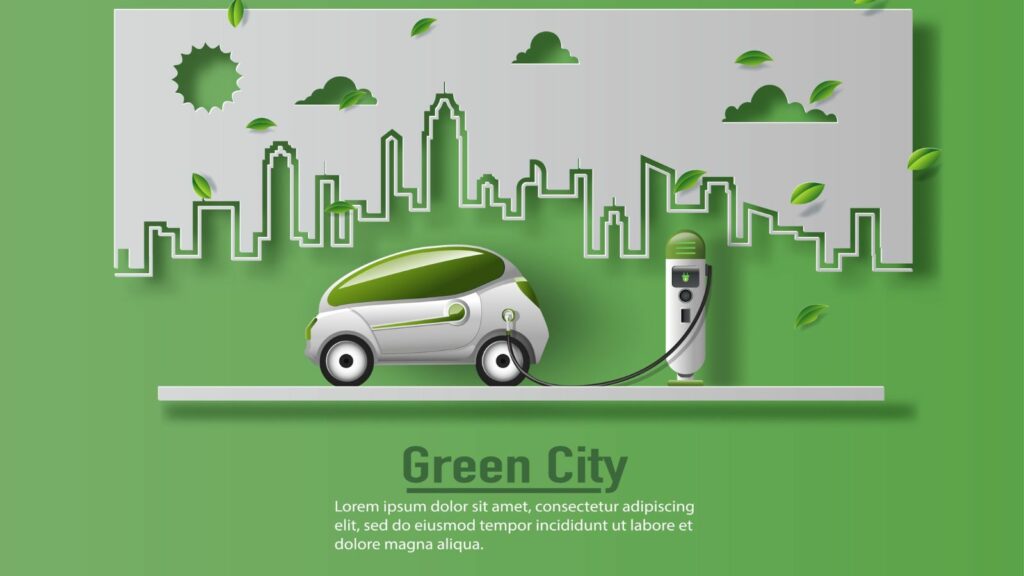The automotive industry has traditionally been a significant contributor to environmental issues. According to the United States Environmental Protection Agency (EPA), 28% of total greenhouse gas emissions in the United States are from transportation. However, recently, car manufacturers have been adopting innovative technologies and practices to reduce their environmental impact. Here are 12 green innovations in car manufacturing that are helping save the planet.
Electric Vehicles (EVs)
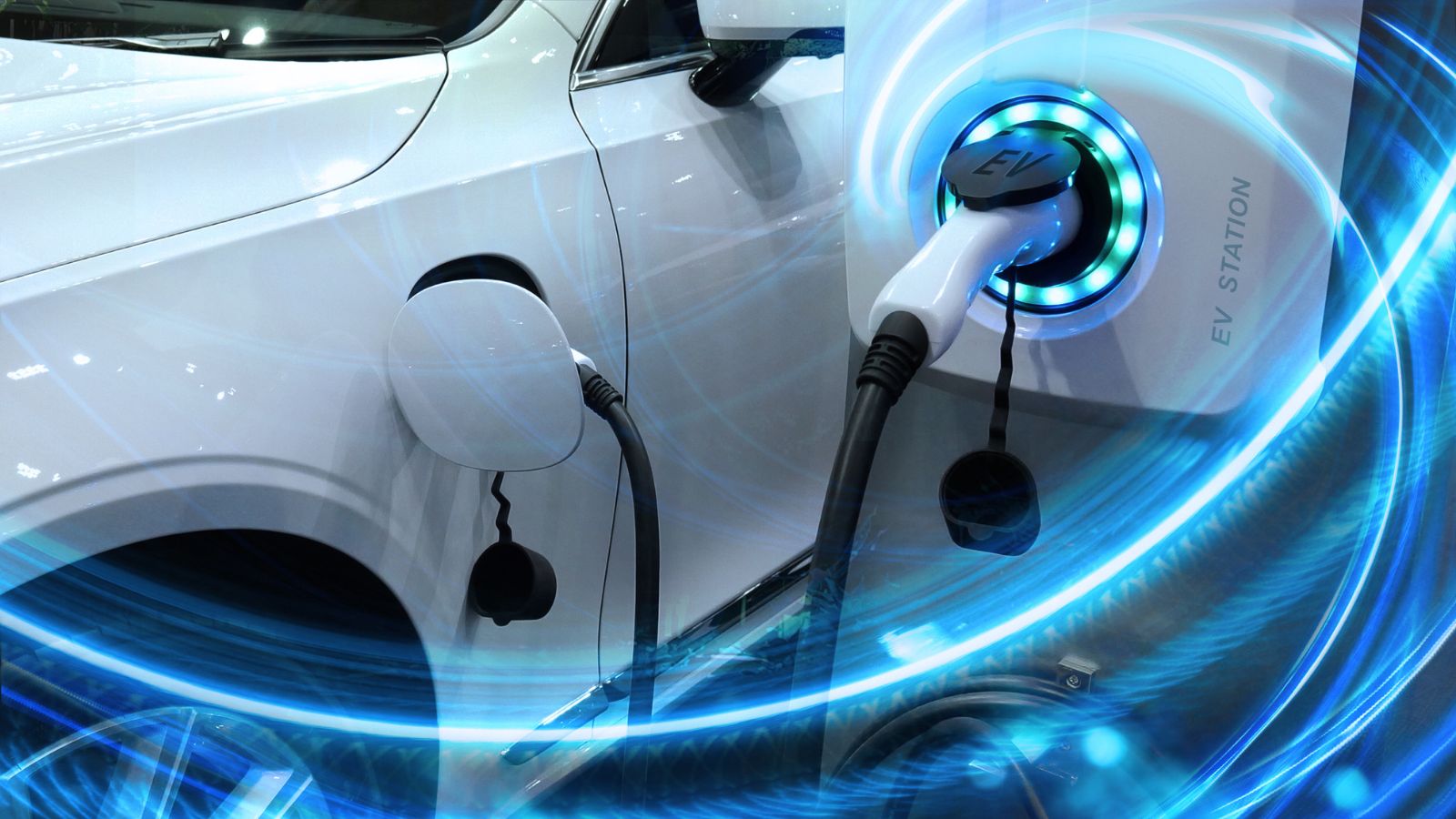
Electric vehicles (EVs) are the pallbearers of sustainability in the world of automobiles. They reduce reliance on fossil fuels. EVs use powerful electricity stored in batteries, unlike traditional cars that consume gasoline. This means that they produce exactly zero tailpipe emissions. Thus, they help significantly reduce air pollution and greenhouse gases.
Hybrid Vehicles

Hybrid vehicles are a combination of conventional gasoline cars and fully electric vehicles. They are more fuel-efficient and less polluting. The Toyota Prius is one of the most popular hybrids, and this technology stands to prove how effective it can be. One of the essential features of hybrid vehicles is that they utilize regenerative braking, which captures energy during braking and recharges the battery. This also extends the life of the brake components.
Hydrogen Fuel Cells
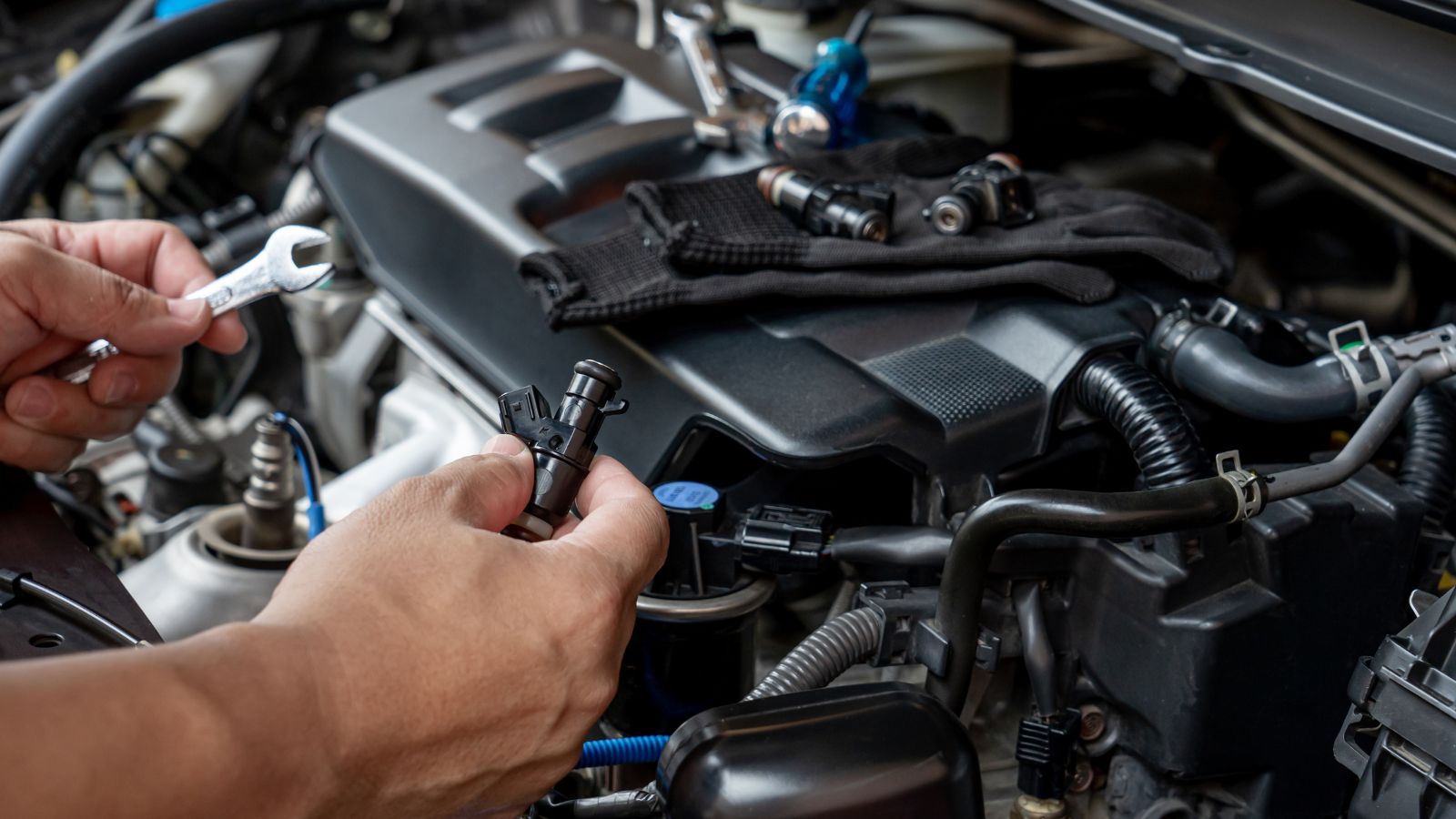
Hydrogen fuel cell vehicles (HFCs) are the youngest yet promising innovations in green car technology. These vehicles generate electricity from hydrogen gas. And even more interesting is that they only produce water vapor as the byproduct. Toyota’s Mirai and Hyundai’s Nexo are legendary examples of HFCs in today’s market. However, the primary challenge for HFCs is the mass development of a comprehensive hydrogen refueling infrastructure, which has yet to be tackled. However, the potential benefits are substantial. Since hydrogen is abundant and everlasting, it can be used in fuel cells where it offers a clean, efficient energy source with zero harmful emissions. Hydrogen fuel cells could become the hero of the green automotive landscape as infrastructure improves.
Lightweight Materials

When the vehicle’s weight is less, moving requires less energy. This phenomenon can drastically reduce fuel consumption if vehicles are made of lightweight material. Car manufacturers focus on such materials as carbon fiber, aluminum, and high-strength steel. A popular car, the BMW i3, uses carbon fiber-reinforced plastic (CFRP) extensively, much lighter than traditional cars. Carbon fiber is particularly notable for its strength-to-weight ratio, being more robust and lighter than steel. Aluminum is another popular choice, offering good strength and a significant weight reduction compared to steel.
Recycled and Sustainable Materials
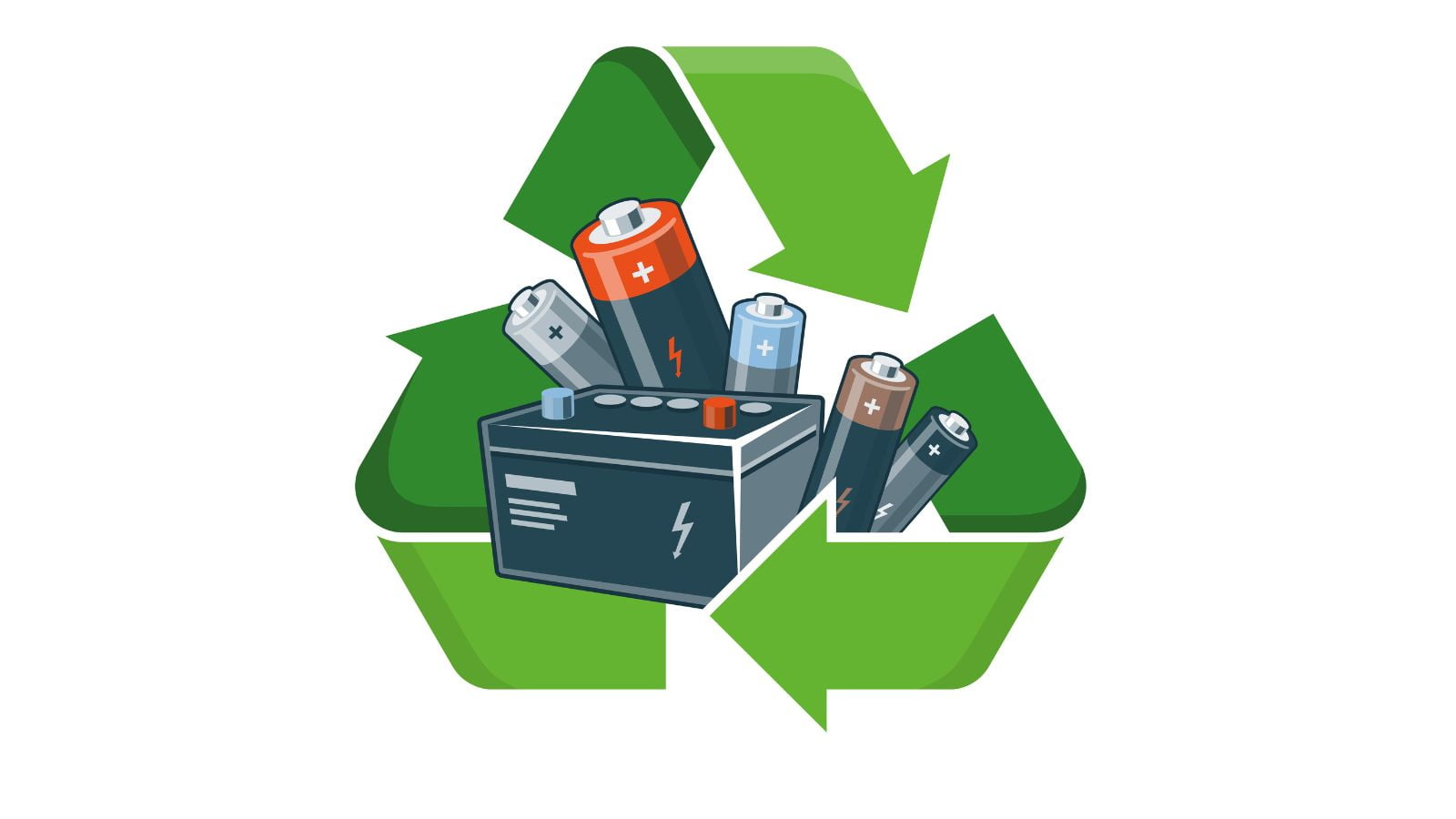
Using recycled and sustainable materials in car manufacturing reduces the environmental impact of producing new vehicles. Ford, for example, incorporates recycled plastics, soy-based foam, and natural fibers in its vehicles. BMW’s i3 features interior components made from renewable materials like kenaf, a tropical plant used for its fibrous properties. This decreases the environmental footprint of the manufacturing process. For instance, using recycled plastics reduces the need for petroleum, and soy-based foams lower the use of traditional, less eco-friendly foams.
Renewable Energy in Manufacturing
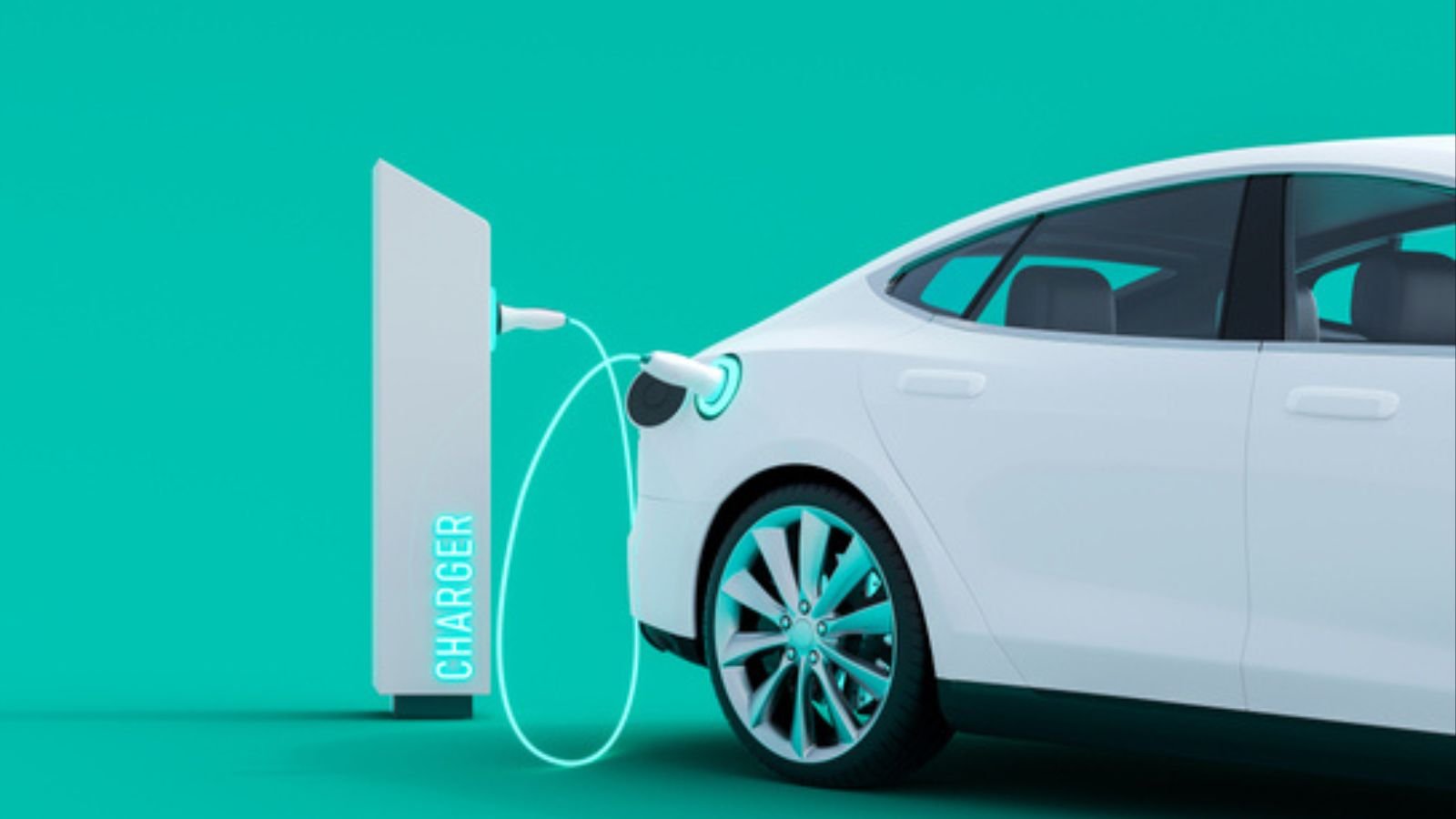
Many car manufacturers are transitioning to renewable energy sources to power their factories. Tesla’s Gigafactory, for example, aims to run entirely on renewable energy, primarily solar power. BMW’s Leipzig plant in Germany uses wind turbines to generate electricity. Using renewable energy in manufacturing reduces the carbon footprint of the entire production process and ensures that the energy used to build the cars is as clean as the vehicles.
Water-Based Paints

Traditional automotive paints contain volatile organic compounds (VOCs) that can harm the environment and human health. To address this issue, manufacturers are switching to water-based paints, emitting significantly fewer VOCs. Companies like Ford and BMW have adopted water-based paint systems, reducing their environmental impact while maintaining high-quality finishes. Water-based paints offer a safer alternative for the environment and factory workers. They produce fewer toxic emissions and reduce the overall carbon footprint of the painting process.
Circular Economy Practices

The concept of a circular economy focuses on minimizing waste and maximizing resource efficiency by designing products for durability, reuse, and recyclability. Renault’s Re-Factory in France is a prime example of this approach. The Re-Factory is dedicated to refurbishing, reusing, and recycling vehicles, extending their lifecycle and reducing environmental impact. In a circular economy, the goal is to keep products and materials in use for as long as possible. This reduces the need for new resources and minimizes waste.
Energy-Efficient Manufacturing Processes

Innovations in manufacturing processes are also contributing to a greener automotive industry. For instance, General Motors has implemented energy-efficient technologies like LED lighting, advanced heating and cooling systems, and energy management software in its plants. These measures reduce energy consumption and greenhouse gas emissions, making manufacturing more sustainable.
Bioplastics

Bioplastics, made from renewable biomass sources such as corn starch, sugarcane, and algae, are increasingly used in car manufacturing. Toyota, for example, uses bioplastics in some of its interior components. Bioplastics offer an eco-friendly alternative to petroleum-based plastics. They lower greenhouse gas emissions and reduce dependency on fossil fuels.
3D Printing

3D printing, or additive manufacturing, revolutionizes car production by reducing waste and energy consumption. This technology allows for the precise creation of parts with minimal material waste. It also enables on-demand manufacturing, reducing the need for extensive inventories and the associated environmental costs. Companies like BMW and Ford are exploring 3D printing for prototyping and producing complex components.
Smart Manufacturing and Industry 4.0

Integrating smart manufacturing and Industry 4.0 technologies enhances sustainability in the automotive sector. These technologies include the Internet of Things (IoT), artificial intelligence (AI), and robotics, which improve efficiency, reduce waste, and optimize resource use. For example, AI-driven predictive maintenance can reduce factory downtime and energy consumption, while IoT sensors can monitor and optimize energy usage.
14 Cars With A Reputation For Running Forever And Why They Outperform The Rest

In the dynamic world of automobiles, some cars stand out for their remarkable longevity and enduring performance. These road warriors have earned a reputation for running seemingly forever, outpacing their counterparts. This article will explore 14 such vehicles and the reasons behind their legendary durability. 14 Cars With A Reputation For Running Forever And Why They Outperform The Rest
